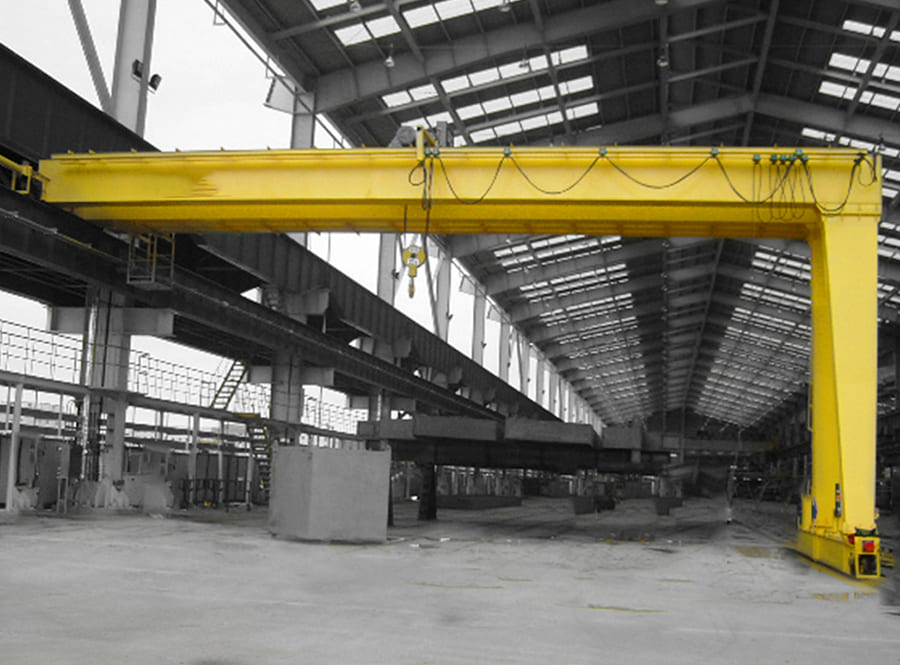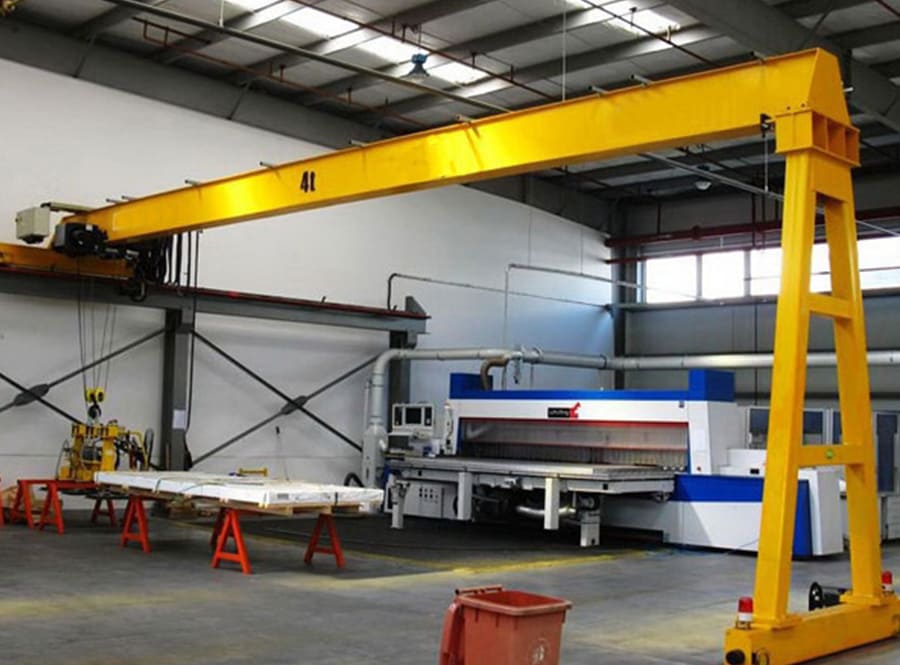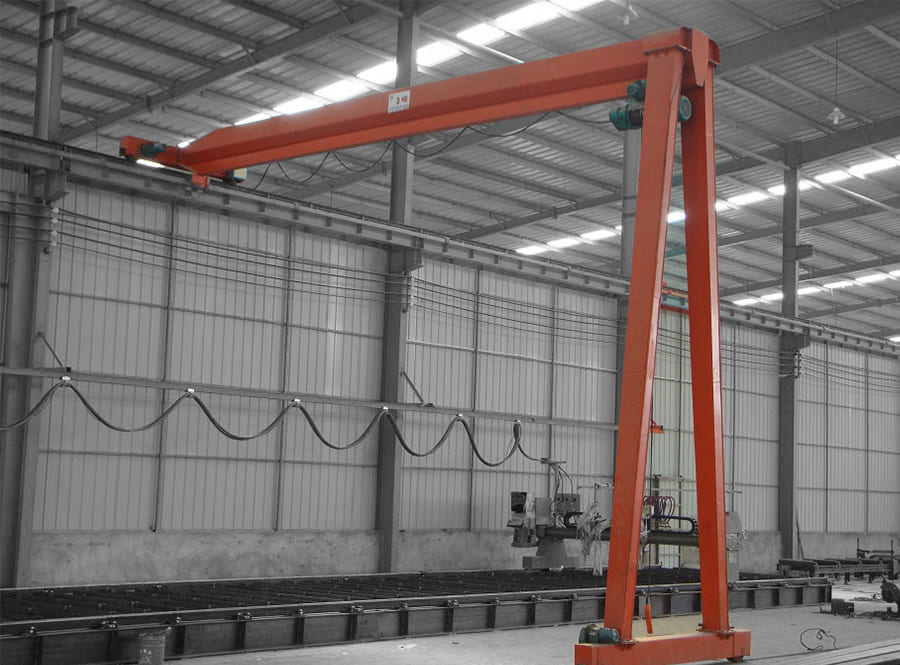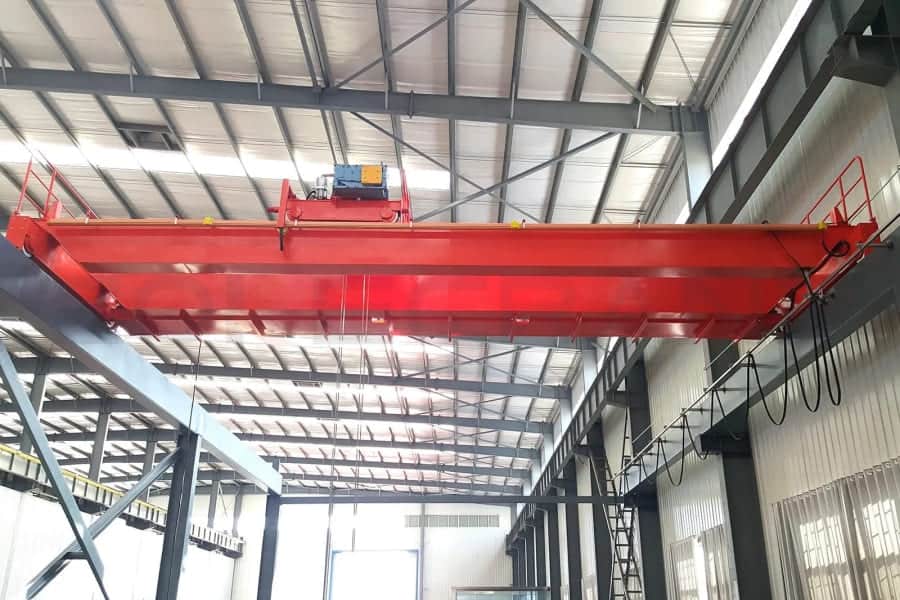The jib of a crane is an extension or an arm that protrudes from the main body of the crane. It is an important component that enhances the crane’s reach and lifting capabilities. The jib is typically attached to the top of the crane’s mast or boom, and its length can vary depending on the specific crane model and its intended purpose.

Here are some key points about the jib of a crane:
- Extension: The jib extends horizontally from the main body of the crane, allowing it to reach farther beyond its base. The length of the jib determines how much additional reach the crane has.
- Articulation: Some jibs are designed to be articulated, meaning they can be adjusted or angled to different positions. This flexibility enables the crane to reach over obstacles or work at various angles.
- Lifting capacity: The jib of a crane is often equipped with a lifting attachment, such as a hook or a specialized lifting device. The lifting capacity of the jib depends on its length, design, and the crane’s overall load capacity. It is important to consider the jib’s capacity when planning lifting operations.
- Types of jibs: Different types of cranes may have different jib configurations. Some common jib types include fixed jibs, luffing jibs, and fly jibs. Fixed jibs are stationary and cannot be adjusted, while luffing jibs can be raised or lowered to change the angle of the load. Fly jibs are additional jibs that can be attached to the main jib to further extend the reach of the crane.
- Applications: The jib of a crane is used in a variety of lifting operations. It allows the crane to reach over obstacles, lift loads to higher elevations, and perform tasks that require extended reach or maneuverability. The jib is particularly useful in construction projects, shipyards, container terminals, and other applications that require precise and long-range lifting.
- Safety considerations: When using the jib of a crane, it is important to consider factors such as the load capacity, wind conditions, and stability. Operators must be trained in the safe use of the jib, including proper load calculations, attachment techniques, and understanding the crane’s limitations.

The jib of a crane significantly extends the crane’s operational range and versatility. It allows for more efficient lifting in various scenarios, enabling the crane to reach areas that would otherwise be inaccessible.





















